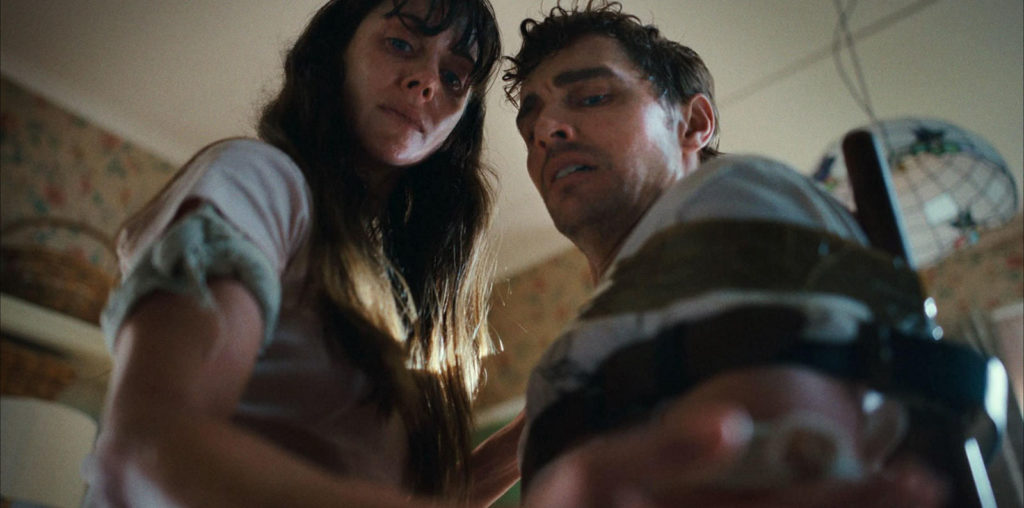
Cecil B. DeMille’s 1914 Western “The Squaw Man” earned its place in movie history as the first feature film shot in Hollywood. But even without that bit of trivia, it is a fun old antique with plenty of action, nonsense and melodrama to keep today’s audiences interested.
The film opens in upper-crust English society where Captain Jim Wynnegate, the aristocrat in charge of a Widows and Orphans Fund, agrees to take the blame for a fund theft by Sir Henry. Jim’s nobility is based on the fact he loves Sir Henry’s wife, Lady Diana. Jim sails off to America and winds up buying a Wyoming ranch. He marries an Indian (hence the now-derogatory “squaw” reference in the title), but she sacrifices her life in stopping the evil rancher Cash Hawkins from killing Jim in a barroom. Which is actually a bit of good timing, as the lovely Lady Diana somehow winds up in that corner of Wyoming to clear Jim’s muddied name.
Does this make any sense? Hell, no! But it has speed, thrills (including a fire on a ship), plenty of wacky color (including a society lady who picks pockets) and a dashing leading man in the virile Dustin Farnum as the aristocrat-turned-cowboy. The interracial love story was also fairly daring for its time (although, of course, the non-white lady has to die in order for the white folks to get together), as was the decision to have the doomed Indian played by an actual Native American, the actress Red Wing.
DeMille co-directed “The Squaw Man” with Oscar C. Apfel, and he later made two remakes (including one in 1918, four years after this version); this was DeMille’s first venture behind the camera and his desire for spectacle was already evident here (wait until you see the railroad train zoom by the barroom).
This grand oldie still holds up well and fans of silent cinema should seek it out.
